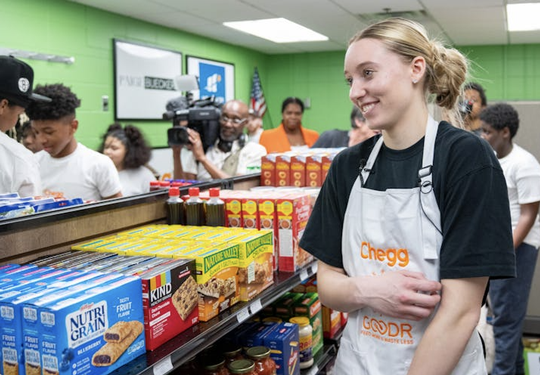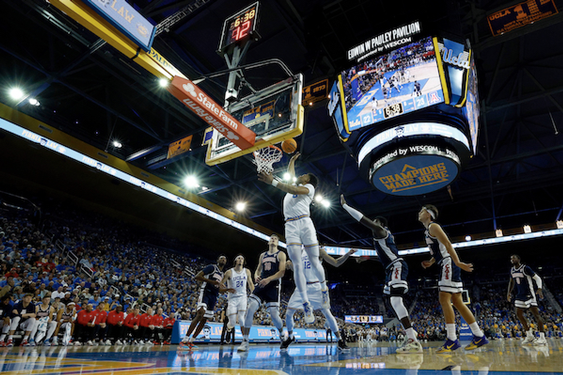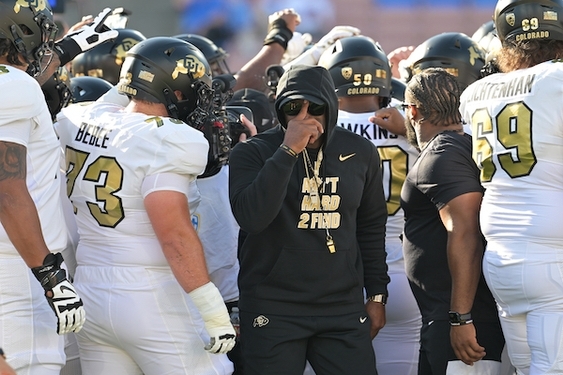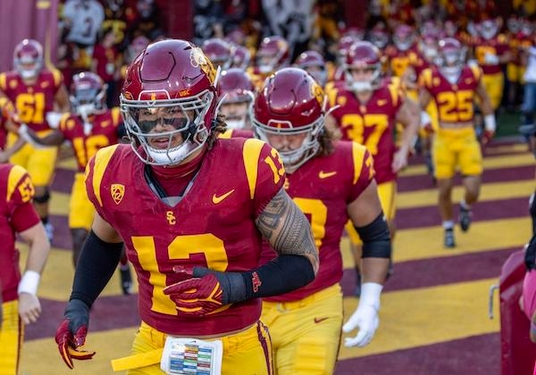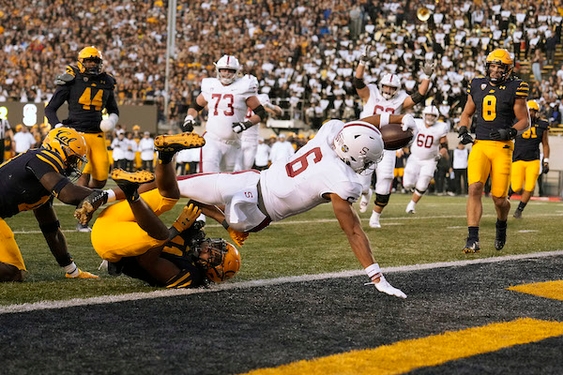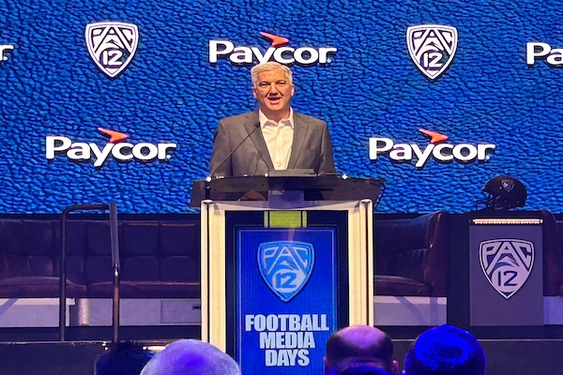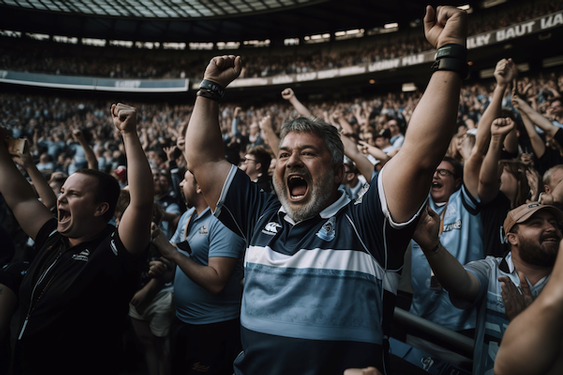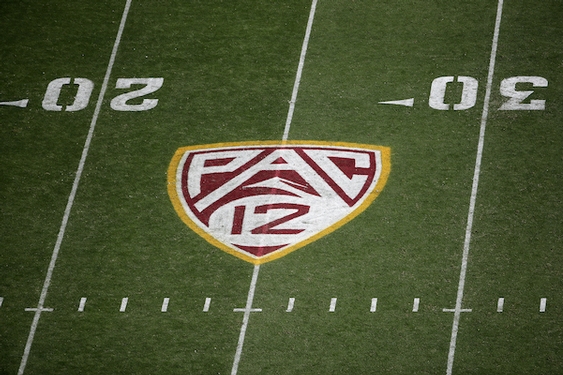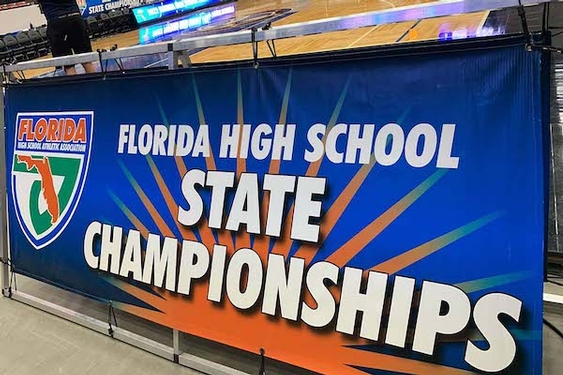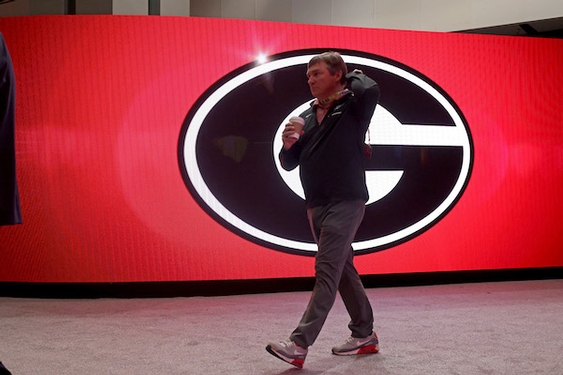Within an hour of leaving a rapidly organized, late-night video conference call with other football players early this month from across the country, Michigan cornerback Hunter Reynolds saw a sign indicating the power of college athletes’ voices never has been stronger.
Reynolds helped form College Athletes Unity, which calls for stronger testing and safety measures for competition during the COVID-19 pandemic. During the video call, his group’s requests coalesced with the #WeWantToPlay movement, led by athletes working to preserve a fall season.
In about a half-hour, the call produced a list of demands: universal safety protocols, protection for players who wanted to opt out with eligibility guarantees and permission to create a players association.
“Within an hour it was trending on Twitter,” Reynolds said. “It was all over the media. And this was at 12 at night. A lot of players have huge platforms. When they speak out, their message reaches a wide audience. Even though we aren’t playing, we still have the ability for people to hear our message. I definitely think the higher-ups are now aware that college athletes aren’t content with just being there.”
The NCAA ultimately put some protections in place for athletes. But on Aug. 11, the Big Ten and Pac-12 postponed their fall seasons amid safety concerns with COVID-19.
And now, even as college football appears fractured as some conferences compete and others are sidelined, Reynolds said the mission will be to sustain momentum.
“Social media is a powerful tool that players can use especially when we’re not playing,” Reynolds said. “We have to keep speaking to each other and figuring out the best ways to move forward.”
Hundreds of players from both conferences signed public letters detailing their demands for safety regulations and racial justice in early August. Pac-12 players were more pointed — threatening to opt out of practices and competition, demanding extended health insurance, revenue sharing and drastic administrative pay cuts.
Big Ten players presented a tamer letter asking for more player input with the conference, greater transparency and more uniform testing.
“We’re definitely in the beginning phase of a complete switch of power,” said Benjamin St. Juste, a Minnesota defensive back and a co-founder of the College Athlete Unity group. “It’s not student-athletes taking over but being involved in some of those decisions. It’s showing big institutions players can come together. Being united together — every sport, every gender — having a seat at table.”
The ACC, Big 12 and SEC — the other Power Five conferences — plan to compete this fall.
In some ways, despite a collective feeling of frustration over lost seasons and mixed messaging, the cohesion from a week ago seems to have fissures.
A petition Ohio State quarterback Justin Fields started has more than 200,000 signatures — including Reynolds’ and other members of the #WeAreUnited group despite some differences in the groups’ goals. Fields’ petition mentioned the safety protocols put in place make it safe enough to play.
Some players’ parents demanded meetings with Big Ten Commissioner Kevin Warren to ask the conference to reverse course and play after Warren announced medical “uncertainty” about the spread of COVID-19. Letters from parents of Iowa, Nebraska, Penn State and Ohio State players asked for athletes to be allowed to sign COVID-19-related liability waivers to compete this season.
Only two weeks prior, Pac-12 and Big Ten players called for conferences to ban such waivers — and the NCAA stepped in a few days later prohibiting schools from requiring them.
These kinds of debates potentially could erode some of the leverage players initially accrued by making demands for protection.
“We need to recognize that there is no right answer or good outcome for players in a context where they have no say or control over working conditions and no compensation yet require the work — a la an internship — in order to fulfill their professional aspirations,” said Nathan Kalman-Lamb, a lecture fellow at Duke and author of “Game Misconduct: Injury, Fandom and the Business of Sport.”
“I am disappointed to see the movement of players and parents tactically undermining solidarity with the much more expansive and productive notion of what it might mean to return to play that has been offered in the Pac-12 by #WeAreUnited. This is the consequence ultimately of the weakness of a fledgling movement and to some extent the realization of my concerns that there has not yet been enough time to organize and build solidarity.”
Illinois running back Ra’Von Bonner opted out of the fall season before the Big Ten’s postponement decision because of health concerns. He supports players asking for a reinstatement of the fall season and understands their desire. And he thinks it’s unfair the fall season essentially has been canceled.
But the idea of signing a liability waiver made the measured Bonner respond with gusto.
“There is no way I’d sign a waiver,” he said. “There is no way a lot of players are going to sign a waiver. It’s just not smart whatsoever. Then I think about players who are saying that. The players who are saying things like that, this time next year, you’ll be a millionaire. When we’re talking about the waivers and ‘We Want to Play,’ it begins to sound like ‘All Lives Matter.’ You say you respect the guys who choose not to play this year, but do you really? Most players are in a situation where they feel they can’t opt out.”
Even with conflicting and overlapping views about how to proceed, athletes said they are garnering more respect from university leaders, conference officials and the NCAA.
The NCAA Division I Council is recommending a fifth year of eligibility for fall sports athletes, and the NCAA has protected scholarships.
Big Ten players who spoke to the Chicago Tribune said they weren’t poised to go as far as starting a union. But forming a players association would allow athletes to better advocate for themselves. Many want to accelerate and lift restrictions related to name, image and likeness rights, which has seen legislative support at the state level.
“That’s some thing that can greatly benefit players, especially players not playing this fall,” Reynolds said. “It’s another example of players missing out on an opportunity.”
Former Northwestern quarterback Kain Colter attempted to form a players union in 2014 but ultimately fell short as the National Labor Relations Board declined to rule on the petition. A regional division of the NLRB had ruled that Northwestern athletes qualified as employees before the university appealed at the national level.
Colter said he was “inspired” by current college athletes’ outspokenness, particularly the Pac-12’s willingness to threaten withholding competition “for the sake of television contracts and gambling,” Colter said on “The End of Sport” podcast. “Sports occupy an important part in our society and bring a lot of people together. We’d love to see it continue, but not at the detriment of the athletes and putting them in harm’s way.”
The pandemic has created a potentially unstable college sports system after years of athletic departments and universities holding the power, money and resources.
Eddie R. Cole, a UCLA associate professor of higher education and historian who authored “The Campus Color Line: College Presidents and the Struggle for Black Freedom,” said college athlete activism hasn’t been this rampant in 60 years.
“We should be mindful we didn’t just arrive at this moment,” he said. “It’s not unique. Students have made their concerns known about the amateur model, if you will. But for some time academic leaders have stood at this crossroads, hoping it would blow over. At this particular time there’s no way around it. A decision must be made.”
North Carolina switched to online learning this week after students returned to campus and COVID-19 outbreaks took the school to the brink of its quarantine housing capacity with 177 positive cases. The university decided fall athletes could remain on campus to practice for upcoming seasons.
Michigan State also transitioned plans for in-person learning to remote classes but also said athletes could stay on campus to practice. Notre Dame pivoted to a two-week period of online classes after a rapid outbreak, but the football team, playing in the ACC this season, will continue workouts after a brief pause.
These examples could poke a legal hole in the amateurism argument predicated on athletes being treated the same as other students — and not as employees.
“There is so much public pressure on (universities) to get campuses functioning, there’s a moment for athletes to absolutely ask to have this model revisited and dismantled and put together in a way that’s equitable,” Cole said. “There’s an urgency to it. If you’re a professional sports league, yes, you pay athletes millions and you get testing everyday in the (NBA) Orlando bubble. But if you are a university that has severely mismanaged athletic funding for decades — in the sense that if you make a dollar, you go spend $2 for the rationale of ‘(we) can’t pay athletes’ — and you see that if you can’t have one season, the whole model is going to collapse? Then it’s not a sustainable model.”
The tables could be shifting, similar to college campuses being used during racial and political movements of the 1960s, Cole said.
Athletes were instrumental in urging their athletic departments to publicly support the Black Lives Matter movement this summer in the wake of high-profile police killings of unarmed Black people. The intersection of racism and the pandemic also has further pulled back the curtain on the business side of college sports.
“Throughout history, presidents of major universities have implemented racial policies that devalue Black lives,” Cole said. “In addition to the liability concerns, (university) presidents also know the racial dynamics at play.
“At a moment when we’re having broader demands to reckon with racial inequities, the (school) presidents’ and universities’ legacies are on the line if they decide to play and any students — who are disproportionately Black in football — become seriously ill. … What’s the number where it’s OK? If it’s 20 across the nation, is it worth it? Two hundred? One thousand? What’s the magic number?”
Reynolds said the racial, economic and geographic diversity among athletes will be an asset in defining and sustaining their unity movements.
“I do think there is a push being made toward having something representative of college athletes as a whole,” he said. “We’re moving in a direction where that can be seen sooner or later. College athletics is a very diverse place with a lot of different people from a lot of different backgrounds and a lot of people who are extremely intelligent and extremely hard-working. We can really do anything we set our minds to.”
———
©2020 Chicago Tribune
Visit the Chicago Tribune at www.chicagotribune.com
Distributed by Tribune Content Agency, LLC.



